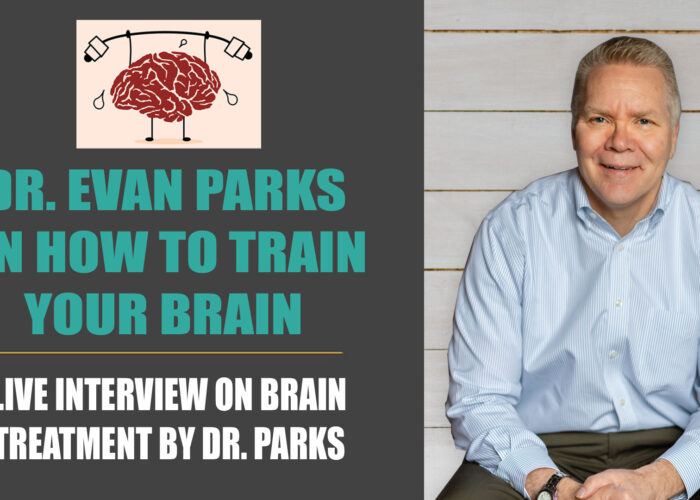By Dr. Evan Parks–Have you ever wondered why your chronic pain goes from bad to worse? It is not bad enough that your neck, knee, back or shoulder injury never fully healed, now the pain is spreading from one area of your body to another. You need help in understanding the pain cycle that often leads to increased pain and dysfunction.
- Step One—You are injured, but the injury does not seem to heal within the normal six-week period after a typical injury (fractures, sprains, and strains).
- Step Two—Because of the ongoing pain, the body’s stress response is activated. The stress response triggers the fight, flight, freeze response.
- Step Three—Once the stress response is activated, muscle tension increases throughout the body. Increased tension leads to increased pain.
- Step Four—As the stress response continues, the immune system is activated. The immune response leads to inflammation of tissue, ligaments, muscles, tendons, and joints. The inflammation leads to increased pain.
- Step Five—The ongoing stress response reduces the amount of energy in the brain and body which leads to mental and physical exhaustion.
- Step Six—Due to mental and physical exhaustion, there are changes in mood so that a person finds it difficult to enjoy friends, family, and favorite activities.
- Step Seven—Along with mood changes sleep become disrupted, increasing the amount of mental and physical exhaustion a person will experience.
- Step Eight—As pain increases and spreads, the person will become more protective of their injury and pain areas and will move less and sit more.
- Step Nine—As a person moves less, they will experience increased dysfunction of the muscles, tendons, and joints. There will be more muscle spasms, cramps, and electric shocks running through the body.
- Step Ten—As the body suffers from the lack of movement, the overall level of pain will increase and spread to other areas of the body, starting the pain cycle all over again.
Movement is necessary for healthy for a healthy nervous system, and a healthy muscle and skeletal system. Because our brain is trying to protect us when we are in pain, the immediate response we have to pain is to stop moving and guard ourselves. This response is helpful with acute pain, like when you have a sprained ankle. But not moving will eventually make things worse—much worse.
Most people with chronic pain wonder how they are supposed to move more often if movement causes pain. The key is learning that most pain does not cause harm. It is also important to learn how to stretch, strengthen, and increase tolerance for activities slowly. Keep following Pain Rehab Source.com were we believe knowledge is treatment–the more you understand about chronic pain, the better you will become at managing the pain and getting back to living the life you want.




